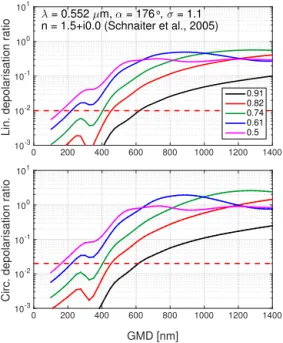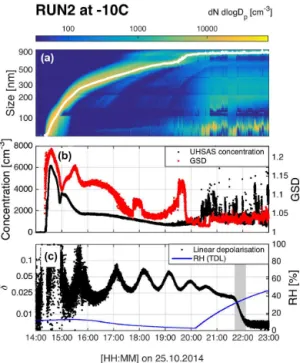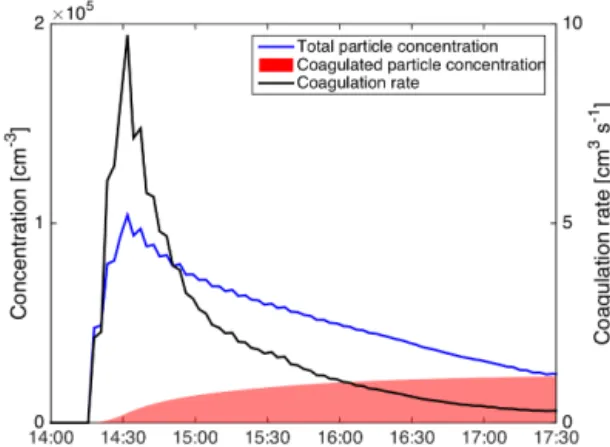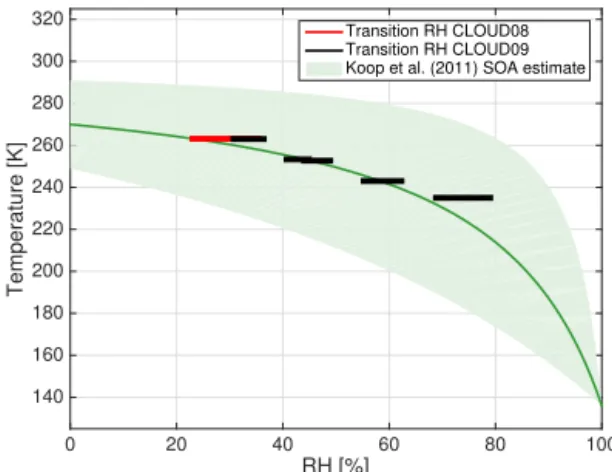Observation of viscosity transition in <i>α</i>-pinene secondary organic aerosol
Texto
Imagem




Documentos relacionados
The chemical composition of secondary organic aerosol (SOA) particles, formed by the dark ozonolysis of α -pinene, was characterized by a high-resolution time-of-flight aerosol
As a continuation of the present work, we intend to obtain AAMs with low diameters (< 200 nm) with controlled aspect ratio, and determine the magnetic properties of
For measurements of quantities that are determined from signal ratios (backscatter coefficient by Raman method, lin- ear depolarization, water-vapor mixing ratio) the height of
introduced with a wider inlet (or with a high aerosol-to-sheath flow ratio) and distributed in a broad cross-section of the activation tube (Fig. In this case, aerosol particles
Fortunately, independent remote-sensing methods are available that enable us to directly and simultaneously mea- sure lidar ratio and depolarization ratio profiles by using
PSC microphysical properties were retrieved by comparison of the measured particle depolarization ratio and PSC-averaged lidar ratio to theoretical optical data obtained for
(c) The vertical distribution of the percentage of depolarization ratio from CALIPSO Lidar at orbit tracks in (a) around Taiwan. In other words, this super dust event did not seem
lidar ratio and the particle linear depolarization ratio) of Saharan dust derived close to the source region in Quarzazate, Morocco, during SAMUM-1 (Freudenthaler et al., 2009)


